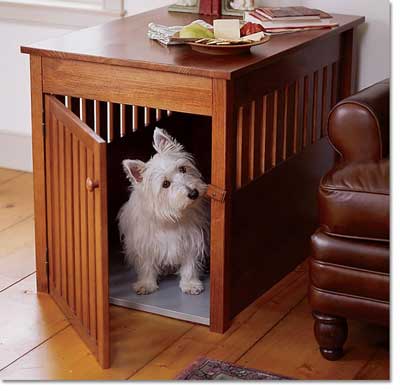Owning a puppy under one year is not easy especially early on when you want to get out of the house or have some things to and the first thing that comes to mind is “what will he chew?”.
Crate training is less common here in Australia however in the United States it is quite the norm and many see great results when it comes to rearing a young pup. It starts with choosing the right cage or crate for your dog, this is very important because this will affect their growth and overall behaviour. The crate or cage should not be too small or too big for the dog depending on the size of the pooch, and its best to consult a specialist retailer when deciding which is the best for your puppy, your dog sitter can also help with advice on this.
Most importantly, crates should only be used in the formative years and only during short periods such as sleep time. Studies show that when dogs stay in a cage or crate for a long period of time it can affect their growth and also their interaction with other people and even the dog’s owner.
You can have your pooch inside a crate or cage for 30 – 60 minutes up to a maximum of 4-5 hours depending on the age of the dog. Even when you’re away and your pup is at dog boarding or dog minding request that his normal daily crate routine remains.
Here are a few things to consider when crate training:
– The size of the crate – also include a blanket or soft bed
– Introduction to their new home – includes toys that make you little one happy
– Feeding inside the crate – door should be open for beginners
– The maximum time spent inside the crate or cage
Should you have confusions or concerns on these steps, you can always talk to a professional dog trainer or your dog minder who can give pointers and advice.

